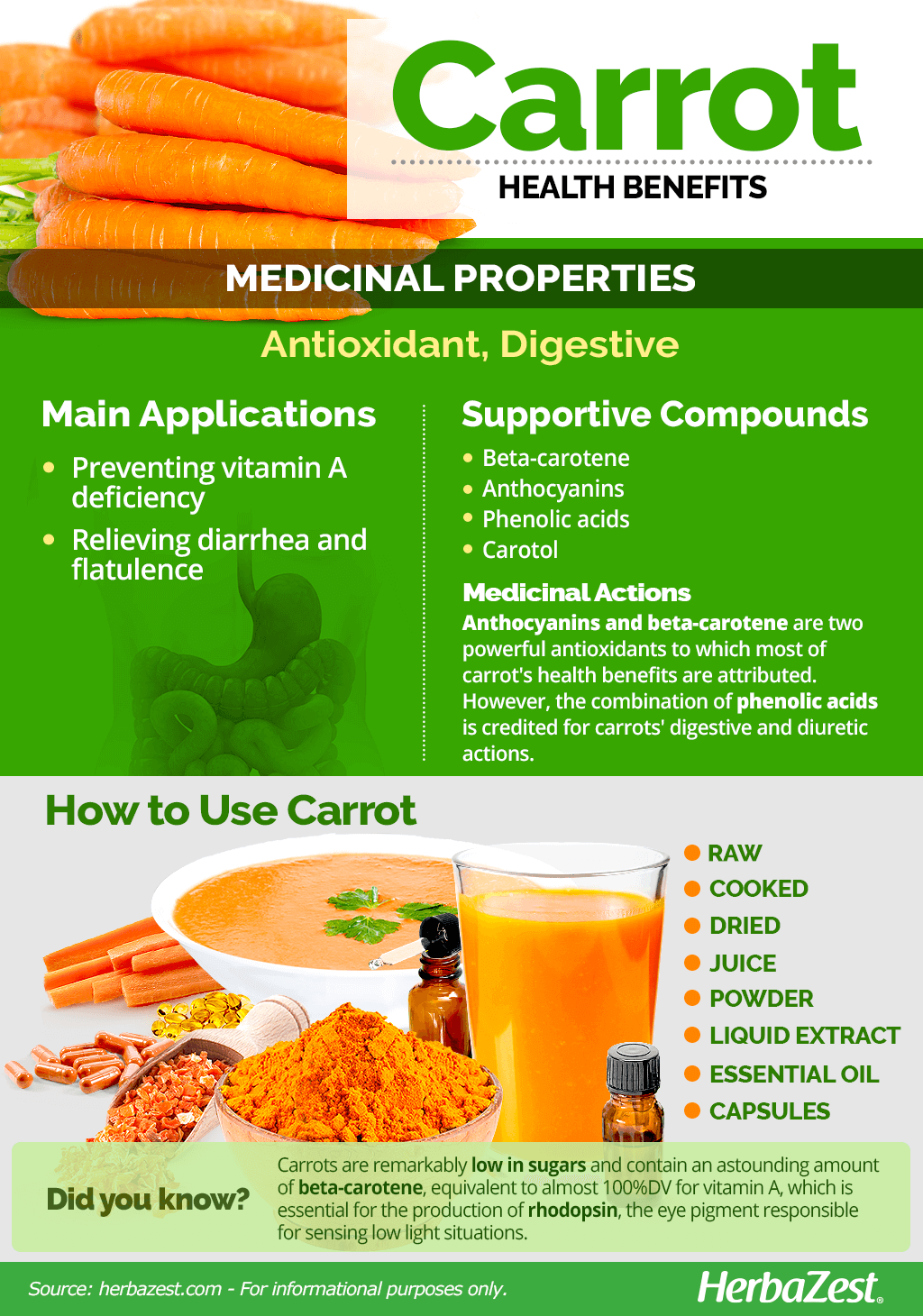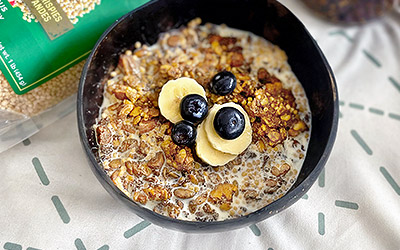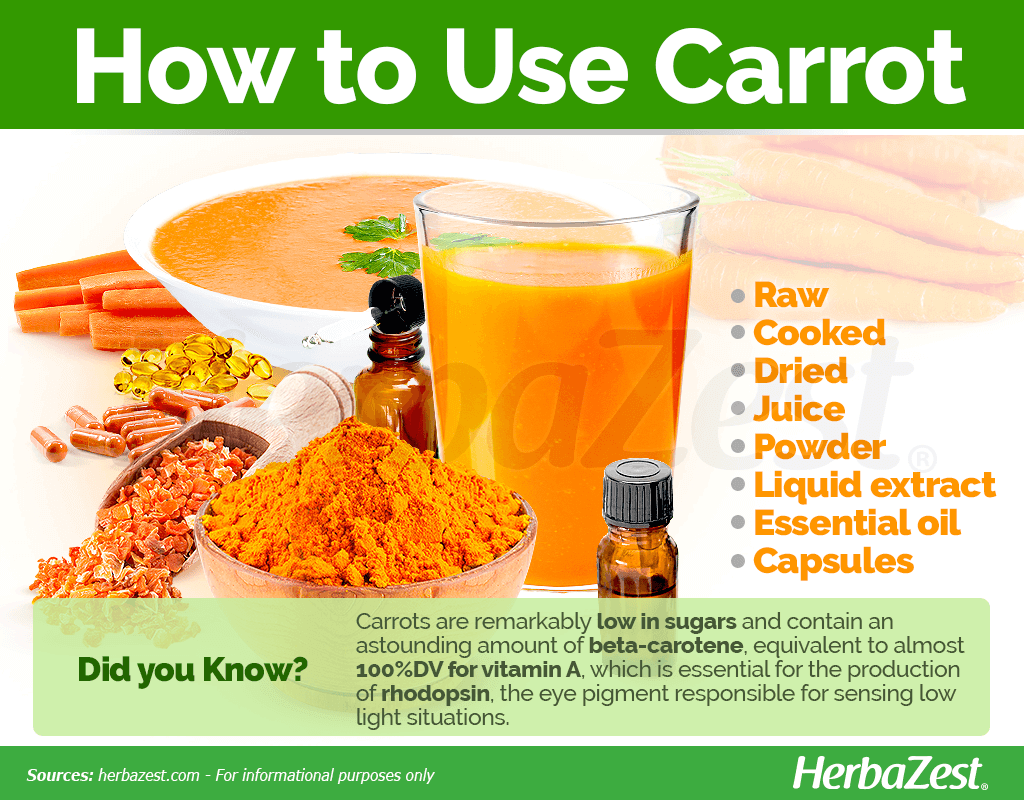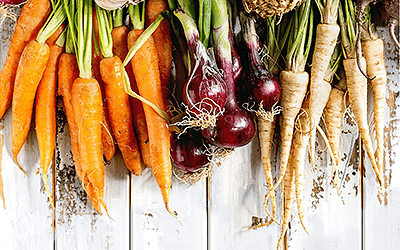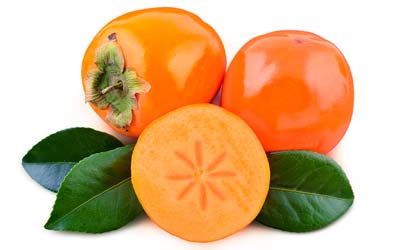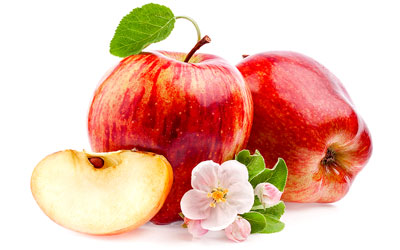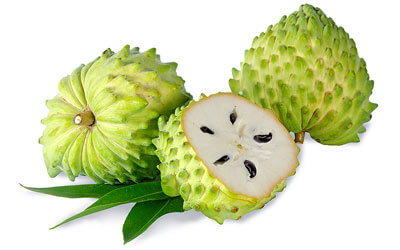Carrot is a biennial native to central Afghanistan and one of the world's most popular vegetables. Nowadays, most people around the world keep this edible root in their kitchens, as it can be consumed cooked or raw and posses immense nutritional value.
Carrot Medicinal Properties
- Medicinal action Antioxidant, Digestive
- Key constituents Beta-carotene, anthocyanins, phenolic acids, carotol
- Ways to use Capsules, Liquid extracts, Food, Juiced, Powder, Essential oil, Dried
- Medicinal rating (4) Very useful plant
- Safety ranking Safe
Health Benefits of Carrot
The healing properties of carrots have been used throughout history for a variety of medicinal purposes including:
Preventing vitamin A deficiency. Carrot consumption promotes the production of vitamin A, which is necessary for skin regeneration and eye health.
Relieving diarrhea and flatulence. Carrots help reduce the symptoms of gastrointestinal issues due to indigestion or harmful pathogens.
Additionally, carrots have shown to help with:
Promoting urine production. The diuretic properties of carrots are useful for encouraging the elimination of toxins and treating urinary problems.
Improving premenstrual symptoms. The nutrients contained in carrots help soothing the monthly pain and discomfort caused by the Premenstrual Sindrome (PMS).
How It Works
Carrots are mainly prized in herbalist circles for their high amount of anthocyanins and beta-carotene, two powerful antioxidants to which most of their healing prowess is attributed. Beta-carotene is an essential phytonutrient that encourages the production of vitamin A (retinol), which is essential for vision and tissue regeneration.
Many researchers believe anthocyanins also play a role in night blindness prevention, although evidence for this remains inconclusive. On the other hand, studies have shown that anthocyanins possess significant antioxidant action, reducing free-radical damage to cells.
The combination of phenolic acids - mainly caffeic acid, lactic acid, and glycolic acid - found in carrots is largely shared by other members of the Apiaceae family, and is credited for the root's digestive and diuretic action.
Additionally, carotol, a liquid sesquiterpenoid alcoholic agent found in carrot seeds, is thought to be responsible for the antifungal activity of carrot essential oil and liquid extracts.
Despite what their sweet flavor seems to suggest, carrots are actually remarkably low in glucose, which has helped their appreciation as a health food.
Blueberry and raspberry also boast antioxidant properties, and similar digestive benefits can be found in herbs like pumpkin and cardamom.
Carrot Side Effects
As a part of a healthy diet, carrots are considered safe. However, since retinol is not excreted in the urine but it accumulates in the liver, over-consumption of beta-carotene can cause toxicity.
Other side effects of consuming carrots in excess are yellow to orange skin, diarrhea, bruising, and joint pain.
People with oral allergy syndrome may experience itchiness and swelling of mouth and throat when eating carrots or other members of the Apiaceae family.
Carrot Cautions
Carrot supplements contain high levels of beta-carotene, which may increase the risk of heart disease in heavy smokers or drinkers.
Because carrots have anti-hypertensive properties, people taking blood pressure medications should consume them cautiously.
Because there are no conclusive studies about the consumption of carrot during pregnancy and breastfeeding, women going through these stages are advised to consume this vegetable in moderation, as a part of a balanced diet, and avoid it in supplemental forms.
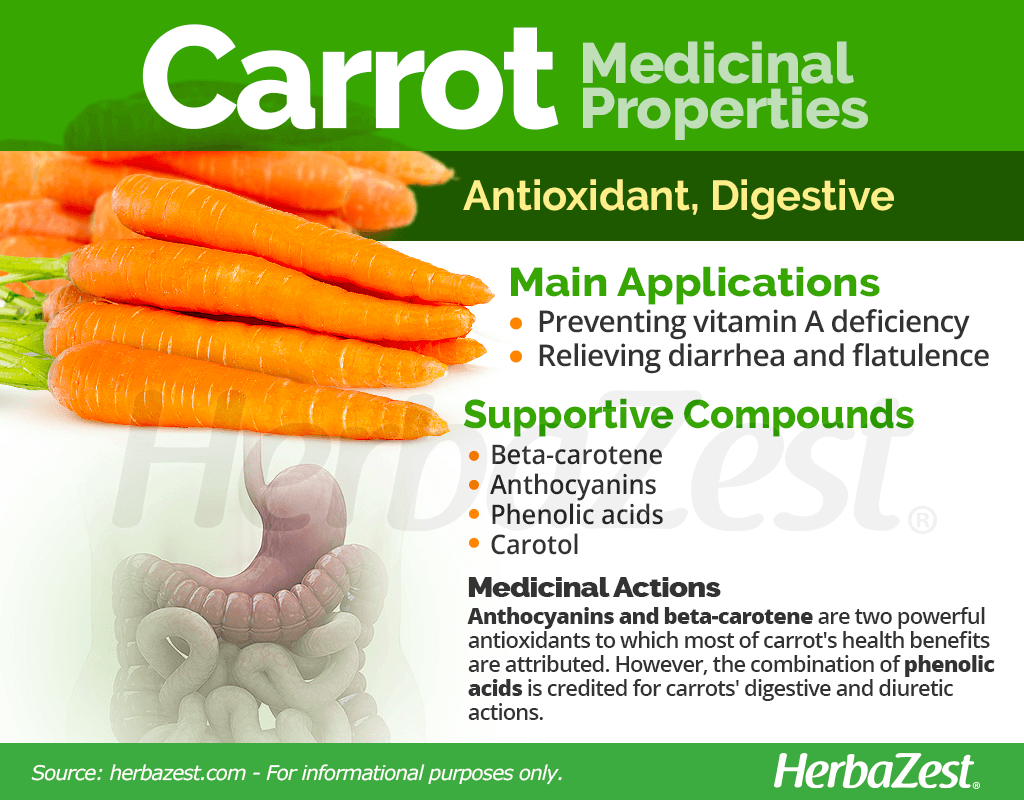
Carrot Nutrition
Vitamin A is essential for the production of rhodopsin, the eye pigment responsible for sensing low light situations. Vitamin A Deficiency (VAD) is one of the most prevalent causes of blindness and low immunity worldwide.
The widespread reputation of carrot as an essential eye health food is well-founded in its astounding amount of beta-carotene, equivalent to 93% of the daily value for vitamin A.
The nutritional value of carrot is rounded up by good amounts of vitamin K (phylloquinone), which promotes proper coagulation and healthy bones.
Carrots also contain fair amounts of vitamin B9 (folate), which is crucial for fetal development, as well as for iron absorption and red blood cells production; vitamin C (ascorbic acid), which improves immunity and promotes skin health by stimulating collagen formation; potassium, for the regulation of blood pressure, as well as for suporting muscle and nerve function; manganese, for calcium absorption, carbohydrates metabolism, and blood sugar regulation; B-complex vitamins, namely thiamin, niacin, riboflavin, and pantothenic acid, all of which are necessary for vital bodily functions; and copper, which not only promotes red blood cells production, but also supports vascular, nerve, immune, and bones health.
100 grams of raw carrots provide 41 calories and 4% of the daily value for dietary fiber.

How to Consume Carrot
- Edible parts Leaves, Root, Seed
- Edible uses Beverage
- Taste Sweet
Carrot is mostly used, fresh or cooked, in culinary recipes. However, those looking for concentrated and consistent doses can also found carrot in a variety of herbal preparations.
Natural Forms
Raw. In its fresh, raw form, carrot is commonly consumed in salads or as a healthy snack.
Cooked. The carrot root is a main ingredient in soups and stews, and is commonly found on the dinner plate in a variety of different forms: boiled, mashed, steamed, or roasted. The sweet nature of carrots make them good for desserts, such as cakes or jams.
Juice. Carrot juice concentrates the health benefits of this tuber; however, it lacks the dietary fiber content.
- Powder. Once dehydrated and powdered, carrot can be mixed in shakes or foods in order to add nutritional value to a balanced diet.
Herbal Remedies & Supplements
Carrot essential oil. This supplemental form is obtained from the carrot seeds and include a wide range of antioxidants, particularly carotol, which also boasts antifungal and antibacterial properties.
Carrot liquid extract. The analgesic, anti-inflammatory effects of carrot seeds are particularly concentrated in this preparation that can help treat joint pain caused by arthritis, as well as contributing to improve immune response.
Carrot capsules. Carrot can be consumed in convenient, easy to swallow capsules that carry the exact daily amounts of carotene necessary to prevent and treat a number of health problems related to vitamin A deficiency.
Growing
- Life cycle Biennial
- Harvested parts Roots, Seeds
- Light requirements Full sun
- Soil Medium (loam)
- Soil pH 5.6 – 6.0 (Moderately acidic), 6.1 – 6.5 (Slightly acidic), 6.6 – 7.3 (Neutral), 7.4 – 7.8 (Slightly alkaline)
- Growing habitat Temperate climates
- USDA Plant Hardiness Zones 12b
- Potential insect pests Flea beetles, Root maggots
- Potential diseases Leaf spot
Carrot is a biennial plant, and grows best during cool seasons, although it can also survive in warmer habitats.
Growing Guidelines
The optimum temperature for carrot growth is 60 - 65°F (16 - 18°C), but it is capable of growing at temperatures as low as 49°F (9°C) and as high as 80.5°F (27°C).
Loose, fertile, loamy soils, with a pH of 5.6 - 7.8 are preferable, as compact soils interfere with root development and may cause fibrous, misshapen roots.
Carrot plants require full sun and cool nights, and they need to be watered two or three times per week in order for the seeds to germinate and the roots to develop adequately.
Regular weeding is essential during the plant's growth, as weeds can compete with the carrots for nutrients.
Harvest time depends on the desired length of the taproot, which in turn impacts total cultivation time, which can be anywhere from three to seven months.
Detailed information about growing carrots can be found in the herb garden section.
Additional Information
- Other uses Cosmetics, Fungicide
Plant Biology
The carrot plant is a biennial with branching stems and umbrella-shaped clusters of tiny white flowers, with the central floret usually being purple. During the first year, a rosette of basal leaves is formed and the flower stalk develops during the second growing season. The seeds are generally oblong and spiny. The plant can grow up to 5 feet (1.5 m) tall. The edible root is normally conical, and its length can range from 1.8 - 9.5 inches (5 - 25 cm). Its color can be white, yellow, orange, purple, or red.
Classification
Carrot (Daucus carota) is a member of the Apiaceae family, which encompasses about 3,700 species across 434 genera, including economically important herbs, such as celery (Apium graveolens), cumin (Cuminum cyminum), dill (Anethum graveolens), fennel (Foeniculum vulgare), and parsley (Petroselinum crispum).
The genus Daucus comprises about 60 species (most of them collectively known as "wild carrots") spread around the world, but mainly across Europe and the Mediterranean basin.
Subspecies and Cultivars of Carrot
Did you know?Until the latter half of the 17th century, most carrots grown in Europe were purple rather than orange. Nowadays, some special or heirloom varieties can still be found in a range of colors, from pale yellow to purplish blue.
Over the course of history, different varieties and subspecies of carrot have been cultivated through selective breeding in different regions of the world. The main reason for this is that the root of the wild variety of carrot has a woody and unpleasant taste, and so sweeter varieties have been developed and domesticated.
The most commercially-available carrots nowadays belong to Daucus carota subs. sativus, but there are various other subspecies of Daucus carota, including D. carota subsp. drepanensis, D. carota subsp. gadecaei, and D. carota subsp. gummifer.
Some popular carrot cultivars are the 'Nantes', 'Danvers', and 'Imperators'.
Historical Information
Archeological remains point that carrots were already cultivated and prized by the Ancient Egyptians, who left temple drawing depicting them as far back as 2,000 years BCE. The path followed by them during the ensuing millennia is still subject to controversy, but by 70 CE, they were already featured in one of Dioscorides' treatises on medicinal plants, and by the early Middle Ages, many varieties were commonplace from Western Europe to China.
Several byzantine collections and illustrations describe carrots being used both orally and topically as an anti-inflammatory, diuretic, and to solve "women's ailments" (menstrual irregularities). From the 16th to 18th centuries, as selective breeding allowed for better yields of "edible carrots," the differences between the domesticated food crop and its wild counterpart grew, and many of these medicinal uses were abandoned. However, during the 20th century, interest in carrots was revived after they were recognized as an inexpensive way to prevent nutritional deficiencies and the development of eyesight problems among soldiers during the World Wars, when food rationing became rampant across Europe.
Economic Data
The carrot is an important component in many cuisines, and can be eaten raw or cooked. It is grown all over the world, with approximately 37 million tonnes produced annually worldwide. The world's largest producer of carrots is China, and 60% of the world's production share belongs to Asia. The U.S. and Russia are also producers, but they still lag behind the Asian nation.
Sources
- American Herbal Products Association's Botanical Safety Handbook, p. 309
- Archives of Ophthalmology, A randomized, placebo-controlled, clinical trial of high-dose supplementation with vitamins C and E, beta carotene, and zinc for age-related macular degeneration and vision loss: AREDS report no. 8, 2001
- British Broadcasting Corporation, Carrots return to purple roots
- Current Pharmaceutical Design, The importance of vitamin A in nutrition, 2000
- Florida Gardening, What's in a Family? The Apiaceae
- Food and Nutrition Sciences, Nutritional and Health Benefits of Carrots and Their Seed Extracts, 2014
- Fox and Cameron's Food Science, Nutrition & Health, p. 203
- Government of South Africa, Production guidelines for carrot
- Journal of Food Science and Technology, Chemical composition, functional properties and processing of carrot - a review, 2012
- Mississippi State University, Carrots
- Missouri Department of Conservation, Queen Anne's Lace (Wild Carrot)
- North Carolina State University, Vitamin Write Up: Pyridoxine
- PubChem, Carotol
- The Root Vegetables: Beet, Carrot, Parsnip and Turnip, Vitamin A Deficiency: Health, Survival, and Vision, p. 101
- The Year-Round Harvest, pp. 54-55
- Transgenic Crops II, p. 147
- World Health Organization, Vitamin A Deficiency and Its Consequences: A Field Guide to Detection and Control
- USDA Plants Database, Carrot Facts
- FAOSTAT, Carrot
- USDA Nutrient Database
- Journal of Agricultural and Food Chemistry, Polyacetylenes from the Apiaceae vegetables carrot, celery, fennel, parsley, and parsnip and their cytotoxic activities, 2005
- University of Maryland Medical Center, Beta-carotene
- Integrated Taxonomic Information System, Daucus carota
